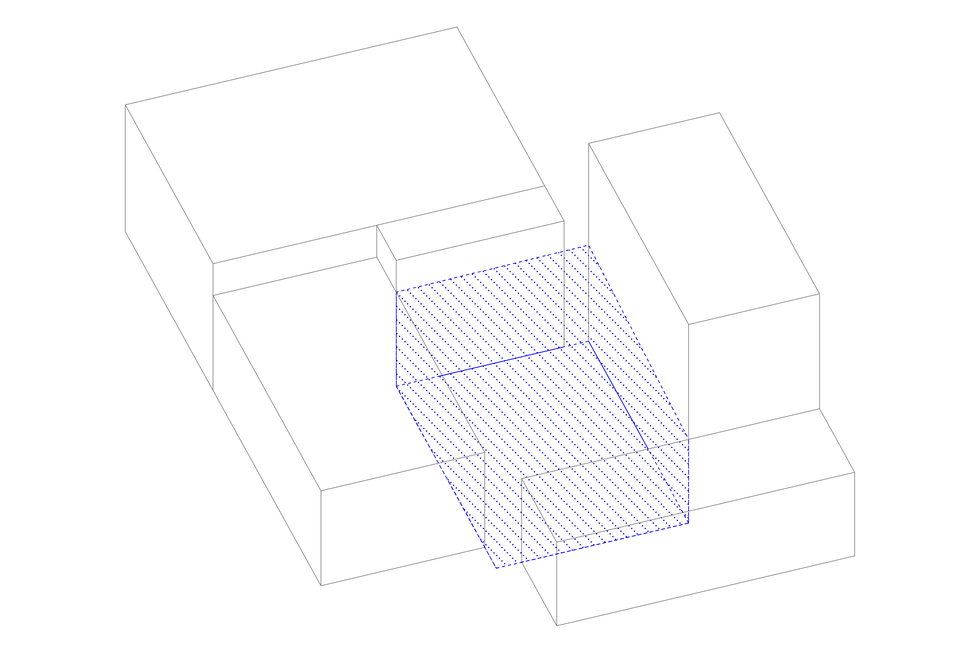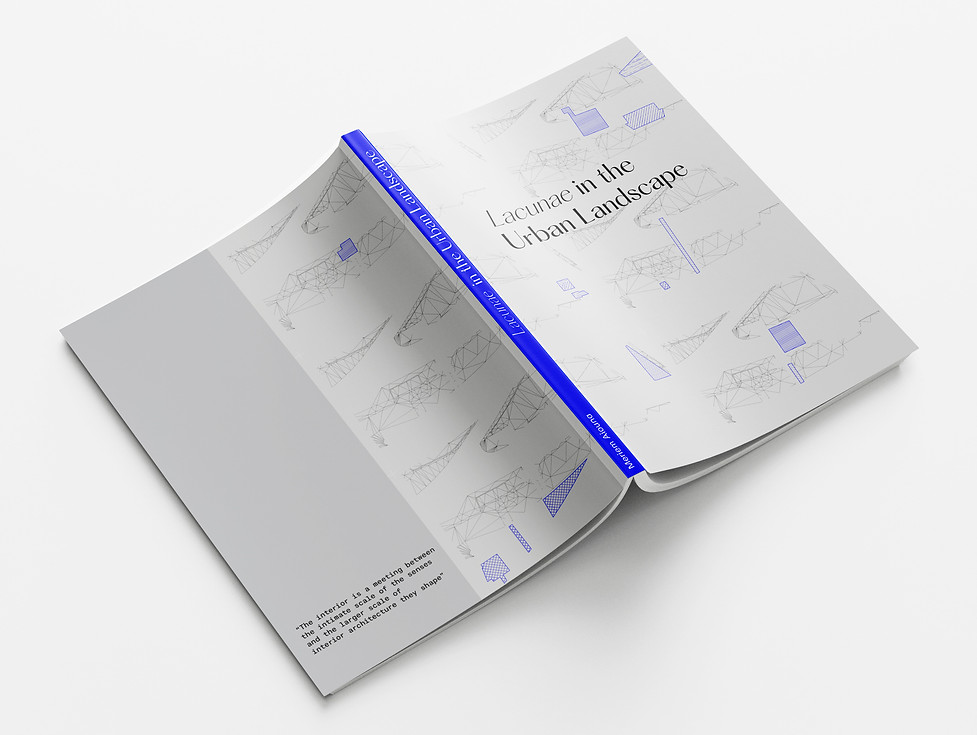Lacunae In The Urban Landscape
MDes Thesis
RISD Department of Interior Architecture
2020








Development Leftover
Framed Void
Underutilized Roofs
Space Under A Bridge
Abandoned Alleyway
Large Staircase
Space Wedges Created Through Zoning Flukes
I take the idea of lacunae, which are defined as gaps or discontinuities in structures as the focus of this research.
With the growth in density of urban centers, access to buildable space will decrease and lacunae within the urban structure will remain. Through Intentional urban exploration in highly developed urbanscapes reveals numerous underutilized and awkward spaces. While often overlooked for development because of their complexity, the commitment of this thesis is to highlight these unique sites and their distinct spatial potential.
This project exposes the hidden potential latent in these lacunae that are underused in the urban fabric. Every neighborhood has such spaces where they can be used to connect dormant elements within the city.
The proposed interventions offered here respond to specific neighborhood within Boston, yet will form a network within the urban landscape, guiding users to notice and experience the wealth of lacunae hidden in plain sight. Through increased visibility, these spaces will become vital points of interaction and engagement in the overall community network. Like a system of acupuncture, which strategically stimulates the flow of pathways within the human body, each site intervention will set in motion a system of relations among lacunae within the urban fabric.
FRAMED
VOID




ABANDONED
ALLEYWAY




DEVELOPMENT
LEFTOVER







LEVELS ANALYSIS
Three different levels can be identified on the selected site. The Development Structure Leftover is 1' lower from the street path. The Framed Void and the Abandoned Alleyway are 8' below the street path.


SPACE ACTIVATION STRATEGY



BEFORE
AFTER

BACK BAY,
BOSTON, MA


Thesis Book
